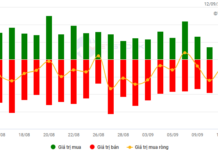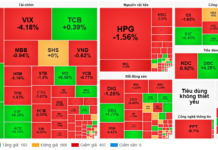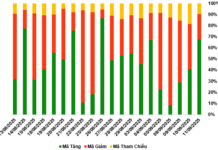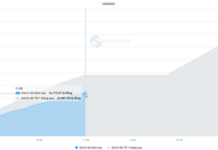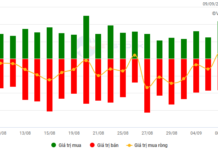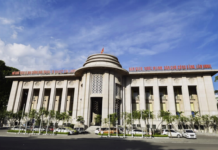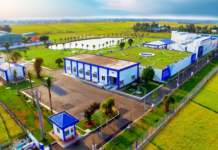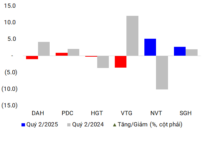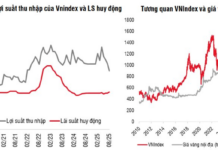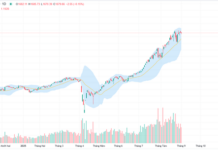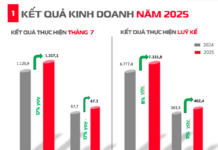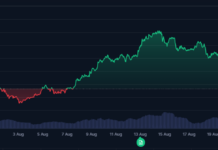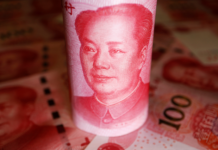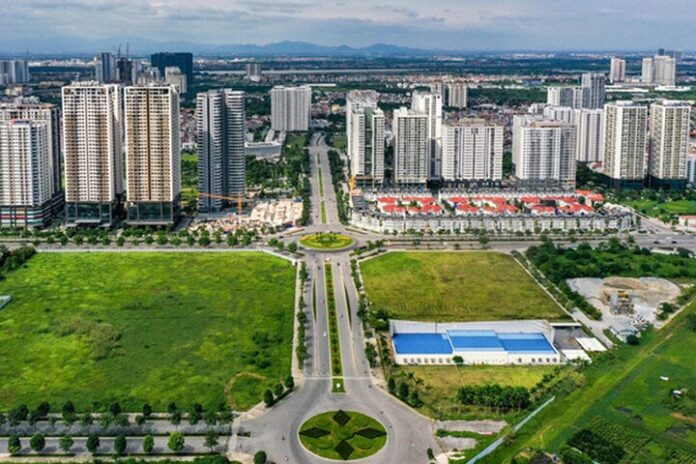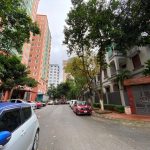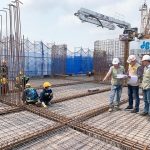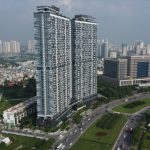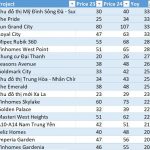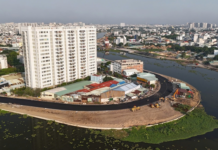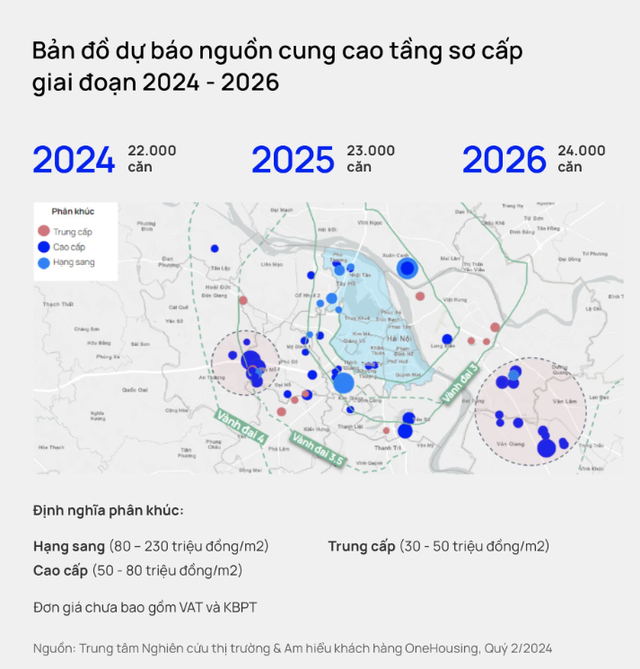Unprecedented Prices
A survey by VTC News online newspaper found that in many of Hanoi’s suburban areas, such as Gia Lam, Hoai Duc, and Thanh Tri, the price of apartments is fluctuating around 50 million VND per square meter.
Mr. Nguyen Quoc Khanh, Vice Chairman of the Vietnam Real Estate Brokerage Association (VARS), confirmed that not only have apartment prices in the inner city increased significantly, but those in the outskirts have also reached a new level, climbing to around 60-70 million VND per square meter.
” This is something I haven’t expected in the past 15 years. This price is not much lower than many inner-city areas, making it challenging for people, especially those with middle and low incomes, to own a home,” Mr. Khanh commented.
Sharing the same view, Mr. Vu Cuong Quyet, CEO of Dat Xanh Northern Region, stated that currently, apartment prices in the suburbs are not cheap, with the average price ranging from 50 to 60 million VND per square meter. However, middle-income earners can opt for smaller apartments with areas of 30 to 40 square meters, totaling over 2 billion VND, to reduce financial pressure.
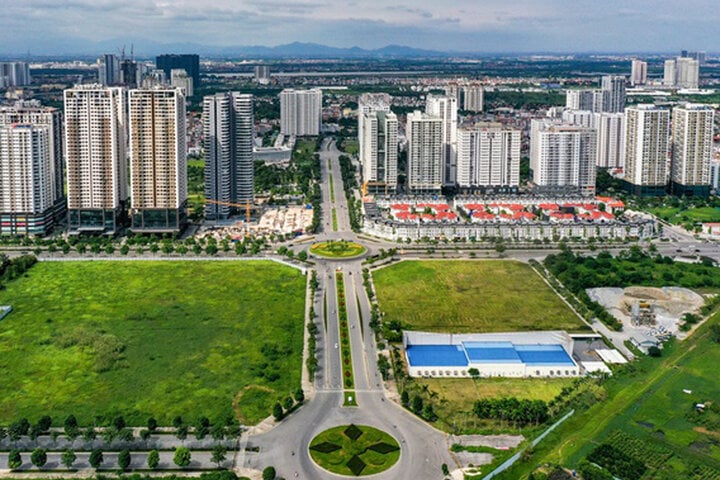
Apartments far from the city center are also expensive. (Illustrative image: ZNews)
According to a recent report by the OneHousing Market Research and Customer Understanding Center, there is a lack of primary apartments priced below 50 million VND per square meter in the market. Currently, only secondary apartments are available at this price range.
Specifically, apartment prices in the West are the highest in the market, reaching about 70 million VND per square meter, while those in the East are lower than the market average, at approximately 56 million VND per square meter.
According to experts, the continuous increase in apartment prices in the inner city has caused prices in the suburbs to follow suit, reaching unprecedented levels.
Why are apartments far from the city center still so expensive?
Explaining why apartment prices in the suburbs, despite being far from the city center and having inferior conditions to the inner city, continue to rise, Mr. Quyet attributed it to increased construction costs, high compensation costs for site clearance, and high taxes. As a result, it is challenging for investors to sell at a lower price.
Additionally, as the market has not yet recovered from the difficult period, there are not many investors participating, while the supply of inner-city apartments is very limited, leading to a corresponding increase in suburban apartment prices.
Furthermore, with land becoming increasingly scarce, it is not easy to develop social housing, which pushes up suburban apartment prices.
From another perspective, Mr. Nguyen Quoc Anh, Deputy Director of PropertyGuru Vietnam, analyzed that the continuous rise in land prices has driven up apartment prices. If land prices increase by 20-30% annually, apartment prices will correspondingly rise by about 9-10%.
Moreover, the concept of the central area of Hanoi has changed significantly. Previously, Hoan Kiem District was considered the core of the city, with neighboring districts such as Dong Da, Hai Ba Trung, Ba Dinh, and Cau Giay regarded as central districts.
However, recently, areas with well-developed infrastructure, convenient connections, and comprehensive services and utilities are considered central. This is also the reason why suburban apartments have “upgraded” and become more expensive.
Sharing the same opinion, Mr. Nguyen Van Dinh, Chairman of the Vietnam Real Estate Brokerage Association, stated that apartment prices in areas considered far from the city center, such as Dong Anh, Nam Tu Liem, Ha Dong, Gia Lam, etc., have continuously increased in recent years due to improved infrastructure.
Specifically, the construction of ring roads, highways, and bridges over the Red River has enhanced connectivity between these areas and the city center, driving up real estate prices.
Another reason is the lack of policy synchronization, leading to a situation where supply cannot meet demand. Projects are not approved or face challenges in obtaining approval, while the demand for housing, especially in big cities, continues to grow.
To address this issue, experts believe that policies need to be synchronized and more conducive to untying the knots for projects to increase supply and hopefully reduce apartment prices.
New threshold for apartment prices in Hanoi
The price of an apartment in downtown Hanoi has increased by 77% over the past year, equivalent to 45 years of average income for workers, and has reached a threshold of 70 million VND per square meter.
Hanoi Apartments: Skyrocketing Prices
The prolonged scarcity of supply is causing Hanoi apartment prices to soar unusually high. In fact, some suburban areas are experiencing an “exaggerated” situation with prices reaching 60-70 million VND/m2. Meanwhile, social housing projects are being implemented at a slow pace, making the dream of owning a home increasingly distant for many people.

